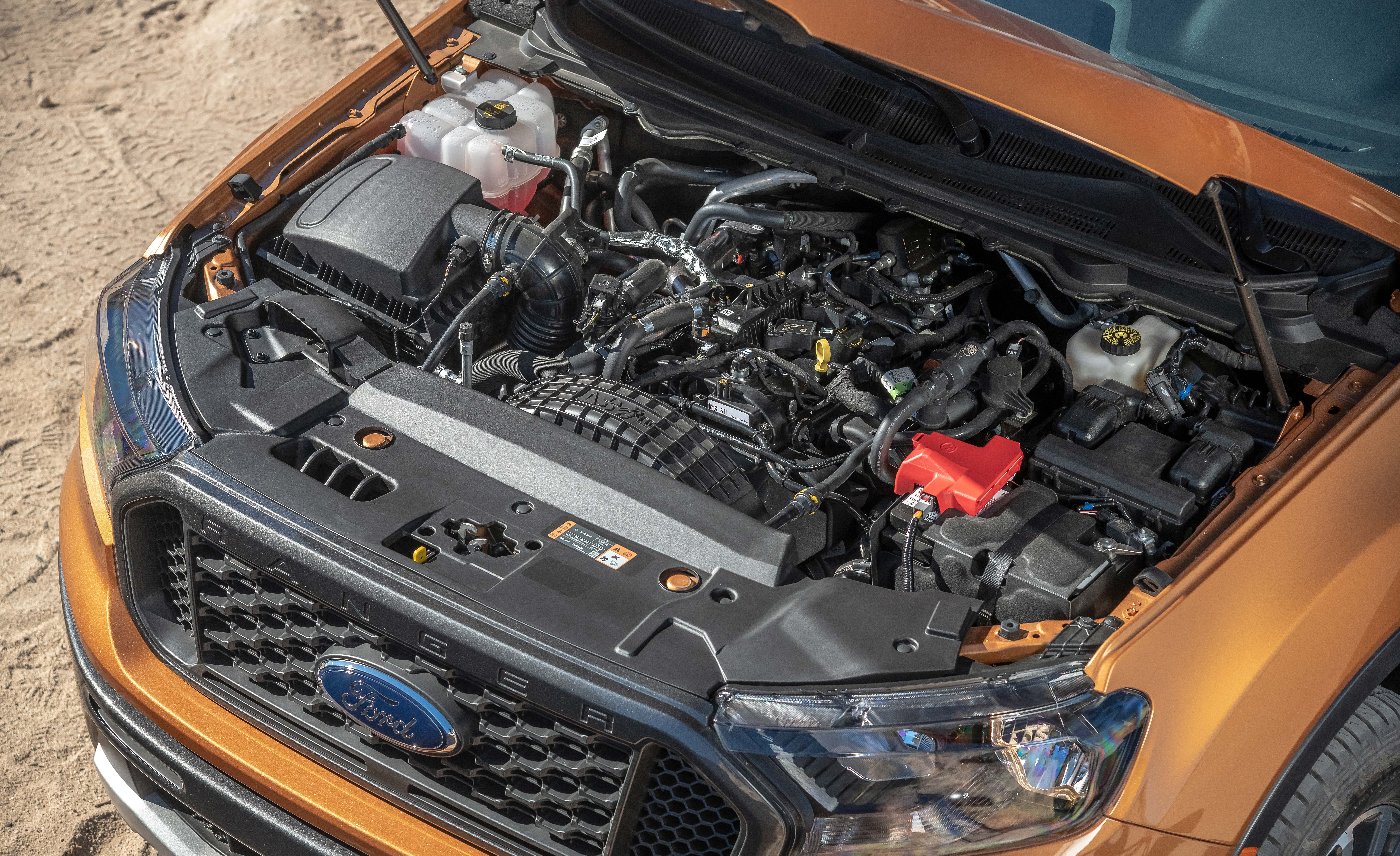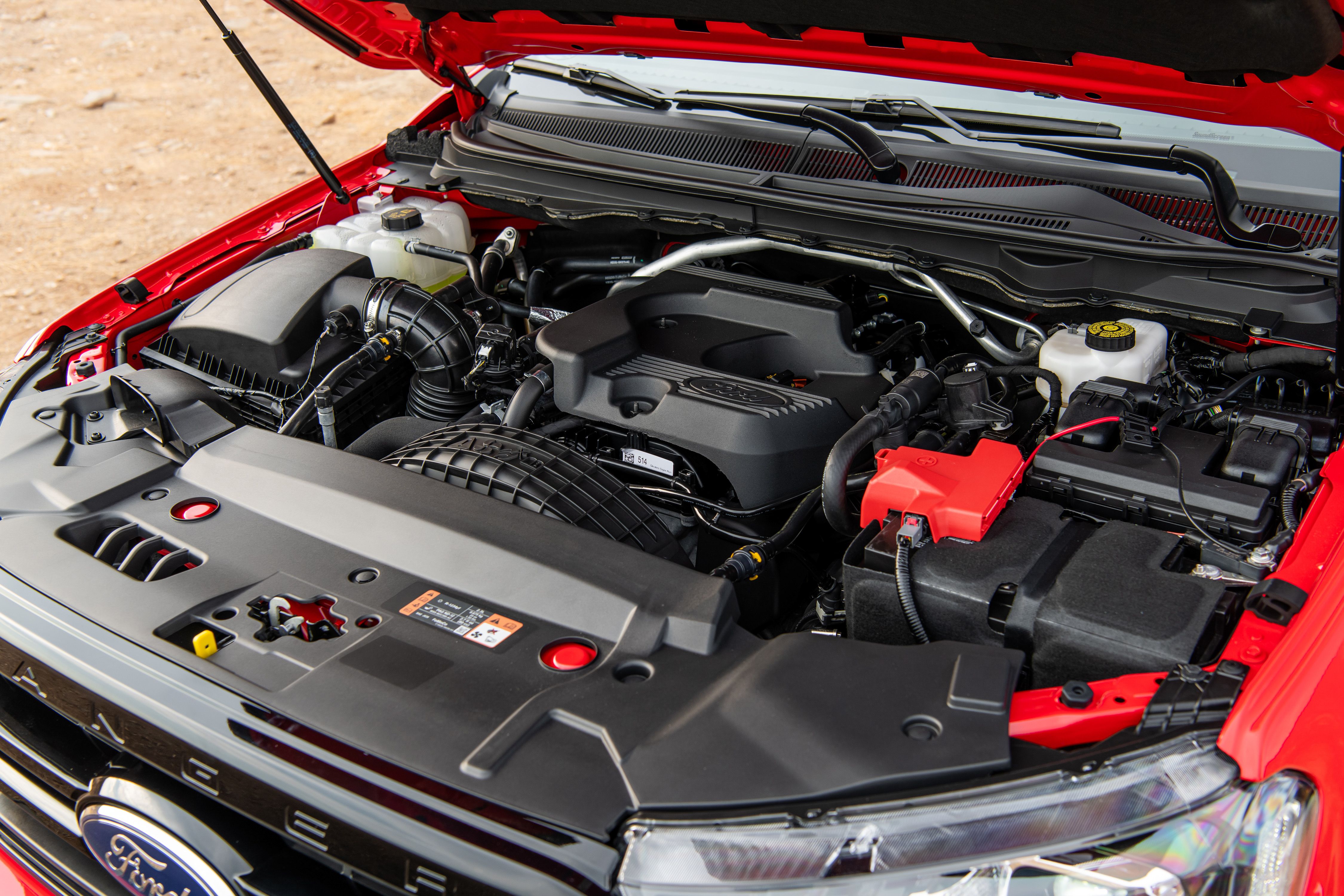The 2.2 Ford Ranger Engine: Ideal for Towing, Off-Roading, and Everyday Use
The 2.2 Ford Ranger Engine: Ideal for Towing, Off-Roading, and Everyday Use
Blog Article
Comprehending the Fundamentals of Automobile Engines: Features, functions, and kinds

Summary of Auto Engines
An auto engine functions as the heart of a lorry, converting gas right into power to move it onward. This intricate system consists of various elements that function in unison to make sure optimum performance and performance. The basic operation of an auto engine includes the internal burning process, in which fuel and air are blended, ignited, and removed to develop power.
The engine's design can substantially influence its performance, gas performance, and emissions. Secret parts consist of the cylinder block, pistons, crankshaft, and camshaft, each playing a vital function in the engine's general feature. The cyndrical tube block houses the cyndrical tubes where burning takes place, while the pistons transform the explosive power from burning right into linear movement. This activity is after that changed right into rotational power by the crankshaft, enabling the vehicle's wheels to turn.
In enhancement to these parts, engines typically utilize various systems such as gas shot, ignition, and cooling down systems to improve efficiency and long life. Recognizing the standard auto mechanics of cars and truck engines is crucial for carrying out and diagnosing concerns upkeep, eventually contributing to the lorry's integrity and performance gradually.

Kinds Of Automobile Engines
Car engines can be categorized right into a number of types based on their layout, fuel type, and operational principles. 2.2 ford ranger engine. One of the most typical classifications include inner burning engines (ICE), electric engines, and crossbreed engines
Internal burning engines, which can be more separated right into gasoline and diesel motor, run by sparking a fuel-air blend to produce power. Fuel engines are typically lighter and smoother, while diesel motor are much more fuel-efficient and offer better torque.
Electric engines utilize electrical energy saved in batteries to power an electrical motor, providing instantaneous torque and no emissions during procedure. As innovation advancements, electrical automobiles (EVs) are increasingly coming to be popular for their ecological advantages and lower running costs.
Crossbreed engines combine aspects of both internal combustion and electric engines, allowing for versatile power resources and enhanced fuel performance. They can run in numerous modes, making use of either the gasoline engine, the electric motor, or both at the same time.
Each kind of engine has distinct advantages and negative aspects, influencing their application in different lorry types and market sections, from portable vehicles to heavy-duty vehicles. Recognizing these kinds is crucial for making informed decisions pertaining to automobile option and efficiency assumptions.
Engine Features Explained
Comprehending engine features is crucial for understanding exactly how lorries operate efficiently. At the core of any type of interior combustion engine Full Article exists the basic process of transforming gas right into mechanical power. This procedure starts with the consumption stroke, where air and gas are drawn into the burning chamber. Following this, the compression stroke presses the air-fuel blend, raising its temperature level and pressure.
The ignition occurs next, igniting the blend and producing a fast growth of gases. This force drives the piston down during the power stroke, which inevitably converts right into the rotational motion of the crankshaft. The exhaust stroke after that expels the spent gases from the chamber, giving way for a brand-new cycle to commence.
Along with these main functions, engines additionally integrate systems that take care of air conditioning and lubrication, making sure ideal operational temperatures and reducing rubbing in between moving parts. This detailed interaction of features allows the engine to produce the power needed for automobile propulsion while preserving efficiency and integrity. Comprehending these functions supplies important insight right into the intricacies of automobile design and enhances the capacity to identify and address engine-related concerns successfully.
Key Engine Attributes
Engine style includes a number of essential attributes that substantially influence efficiency, effectiveness, and resilience. Among the most important aspects is the engine arrangement, that includes inline, V-type, and flat styles. Each configuration impacts the engine's size, power, and equilibrium output, consequently influencing overall car characteristics.
An additional important function is the engine variation, describing the complete volume of all cyndrical tubes. Larger variations usually yield even more power but might jeopardize fuel efficiency. Engine materials additionally play a pivotal function; light-weight and resource high-strength products, such as light weight aluminum and magnesium alloys, boost performance without adding excessive weight.
The type of gas injection system used-- such as multi-port or straight shot-- affects burning effectiveness and discharges. Turbo charging and turbocharging are functions that enhance engine efficiency forcibly added air right into the combustion chamber, boosting power result without significantly boosting engine dimension.
Lastly, the visibility of advanced engine management systems maximizes fuel-air combination and ignition timing, contributing to smoother operation and better fuel economic situation. Jointly, these functions define an engine's capabilities, setting the foundation for its efficiency and long life in an affordable automobile landscape.
Maintenance Tips for Engines
Correct engine upkeep is essential for making certain ideal performance and longevity, as disregarding regular care can lead to substantial issues down the line. To keep your engine properly, start with regular oil adjustments, normally every 3,000 to 7,500 miles, relying on the type of oil used. Fresh oil lubricates engine parts, reducing rubbing and wear.
Furthermore, keeping track of coolant degrees is crucial to prevent getting too hot. Guarantee that the coolant is covered up and is in excellent condition to keep efficient temperature regulation. Routinely change and inspect air basics and gas filters, as blocked filters can prevent air flow and fuel distribution, compromising engine performance.
Furthermore, pay focus to stimulate plugs and ignition systems. Used or defective stimulate plugs can lead to misfiring and minimized efficiency. Checking the battery terminals and links for deterioration is also crucial, as a weak battery can affect engine beginning.

Conclusion
In summary, a detailed understanding of auto engines incorporates various kinds, features, and vital attributes that significantly influence vehicle efficiency. Internal combustion engines, together with hybrid and electric options, show diverse mechanisms for energy conversion. 2.2 ford ranger engine. Identifying the important functions, such as intake and exhaust cycles, along with critical engine attributes like configuration and gas shot systems, outfits auto proprietors with the understanding required for effective upkeep and procedure, ultimately enhancing lorry long life and effectiveness
An auto engine offers as the heart of a car, converting gas into mechanical power to drive it ahead. The fundamental procedure of a cars and truck engine includes the internal burning process, in which gas and air are blended, fired up, and eliminated to produce power.
Frequently replace and evaluate air and fuel filters, as clogged up filters can impede airflow and gas delivery, endangering engine effectiveness. - 2.2 ford ranger engine
In recap, a comprehensive understanding of automobile engines encompasses numerous kinds, functions, and vital functions that significantly affect vehicle performance. Recognizing the necessary functions, such as intake and exhaust cycles, along with vital engine attributes like setup and gas injection systems, gears up auto owners with the expertise necessary for efficient upkeep and operation, eventually improving vehicle durability and effectiveness.
Report this page